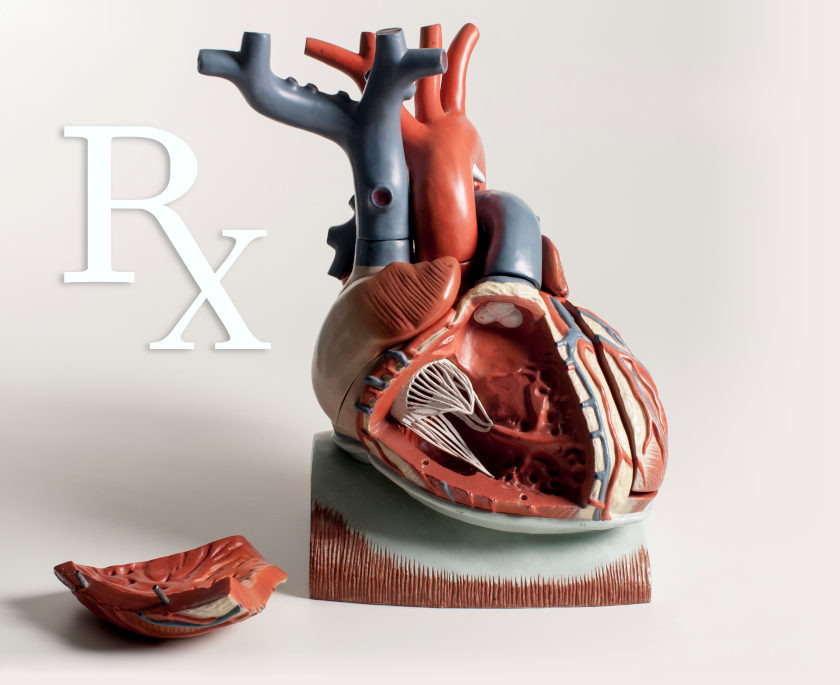Guided Learning - Antiarrhythmic Drugs
(NOTE: Turn off or override browser pop-up blockers.)
Underlying Mechanisms of Drug Action
- How does changing the slope of phase 4 of sinoatrial node action potentials affect heart rate? click here
- How does changing the slope of phase 0 of action potentials alter conduction velocity? click here
- How does changing the duration of phase 3 affect the effective refractory period? click here
- How can changing conduction velocity and the effective refractory period abolish reentry tachyarrhythmias? click here
Antiarrhythmic Drugs
- What is the Vaughan-Williams classification scheme? click here
- What are the primary and secondary antiarrhythmic mechanisms for each of the following classes of antiarrhythmic drugs?
- How do Class IA, IB, and IC drugs differ in their direct and indirect effects on non-nodal action potentials? click here
- How do Class IA, IB, and IC drugs alter conduction velocity within the heart? click here
- Class IA, IB and IC drugs are used for which types of arrhythmias? click here
- What are some side effects and contraindications for Class IA, IB, and IC drugs? click here
- What is the primary mechanism by which Class II drugs suppress arrhythmias? click here
- Class II drugs are used to treat which types of arrhythmias? click here
- Which Class II drugs are selective and which are non-selective beta-blockers? click here
- What is intrinsic sympathomimetic activity and membrane stabilizing activity, and how do these properties affect the antiarrhythmic properties of Class II drugs? click here
- What are some side effects and contraindications for Class II drugs? click here
- What is the primary mechanism by which Class III drugs suppress arrhythmias? click here
- Class III drugs are used to treat which types of arrhythmias? click here
- What are some side effects and contraindications of Class III drugs? click here
- What is the primary mechanism by which Class IV drugs suppress arrhythmias? click here
- How do verapamil and diltiazem differ from dihydropyridine calcium-channel blockers in terms of cardiac selectivity? click here
- Class IV drugs are used to treat which types of arrhythmias? click here
- What are some side-effects and contraindications of Class IV drugs? click here
- Describe the pharmacology for each of the following drugs and how they are used in the treatment of arrhythmias:
- adenosine
- magnesium and potassium salts
- digoxin (cardiac glycoside)
- atropine (muscarinic receptor antagonist)
- Which drugs are used to treat the following arrhythmias? click Here
- Sinus tachycardia
- Atrial fibrillation/flutter
- Paroxysmal supraventricular tachycardia
- AV block
- Ventricular tachycardia
- Premature ventricular complexes
- Digitalis toxicity
Revised 10/28/2023

 Cardiovascular Physiology Concepts, 3rd edition textbook, Published by Wolters Kluwer (2021)
Cardiovascular Physiology Concepts, 3rd edition textbook, Published by Wolters Kluwer (2021) Normal and Abnormal Blood Pressure, published by Richard E. Klabunde (2013)
Normal and Abnormal Blood Pressure, published by Richard E. Klabunde (2013)